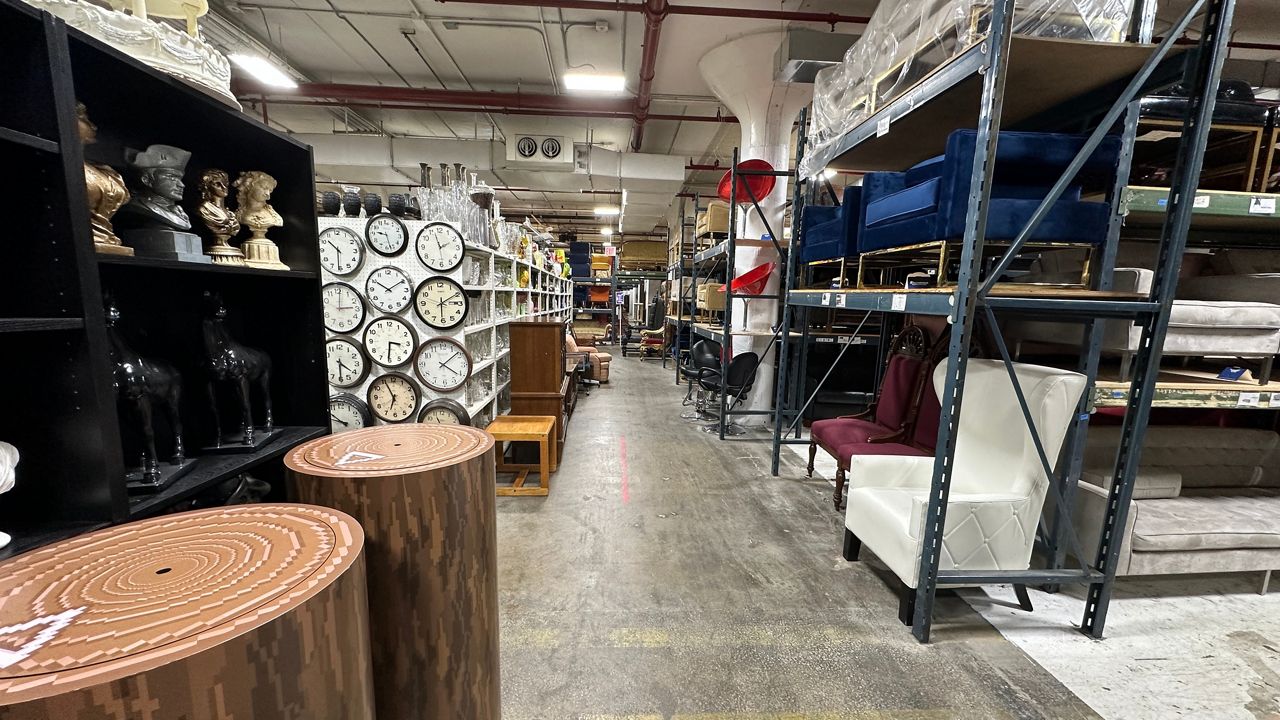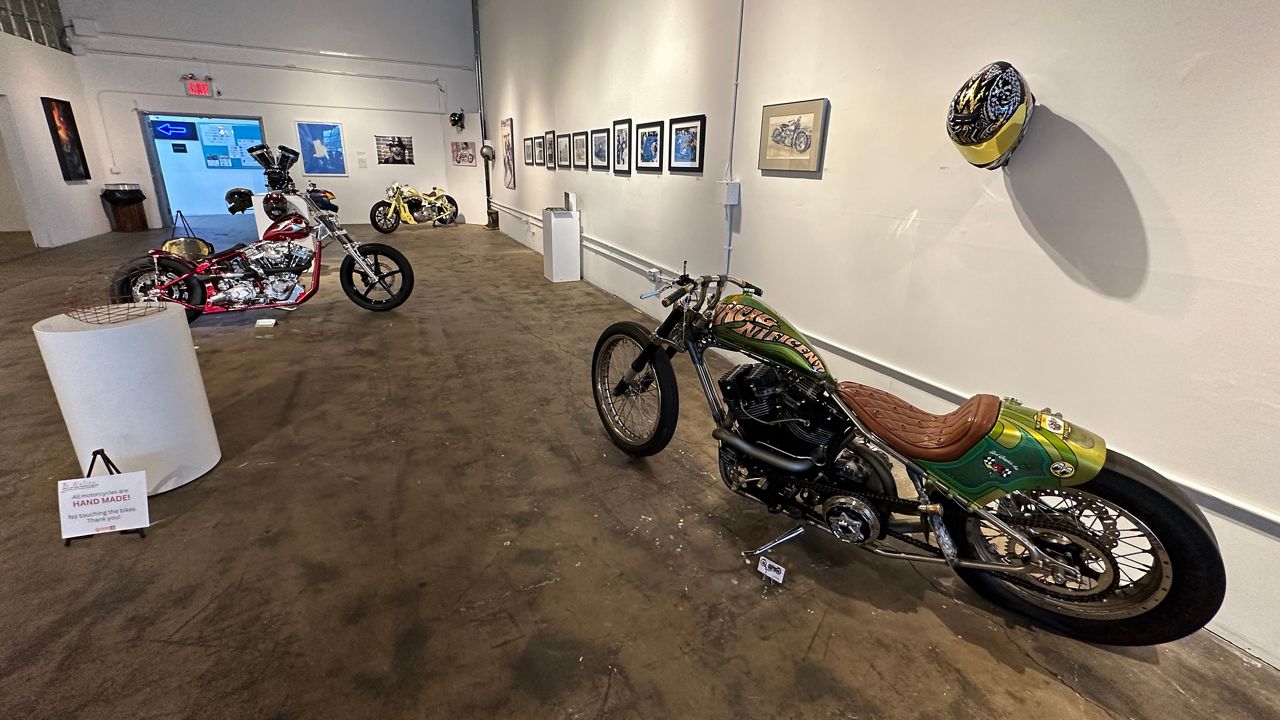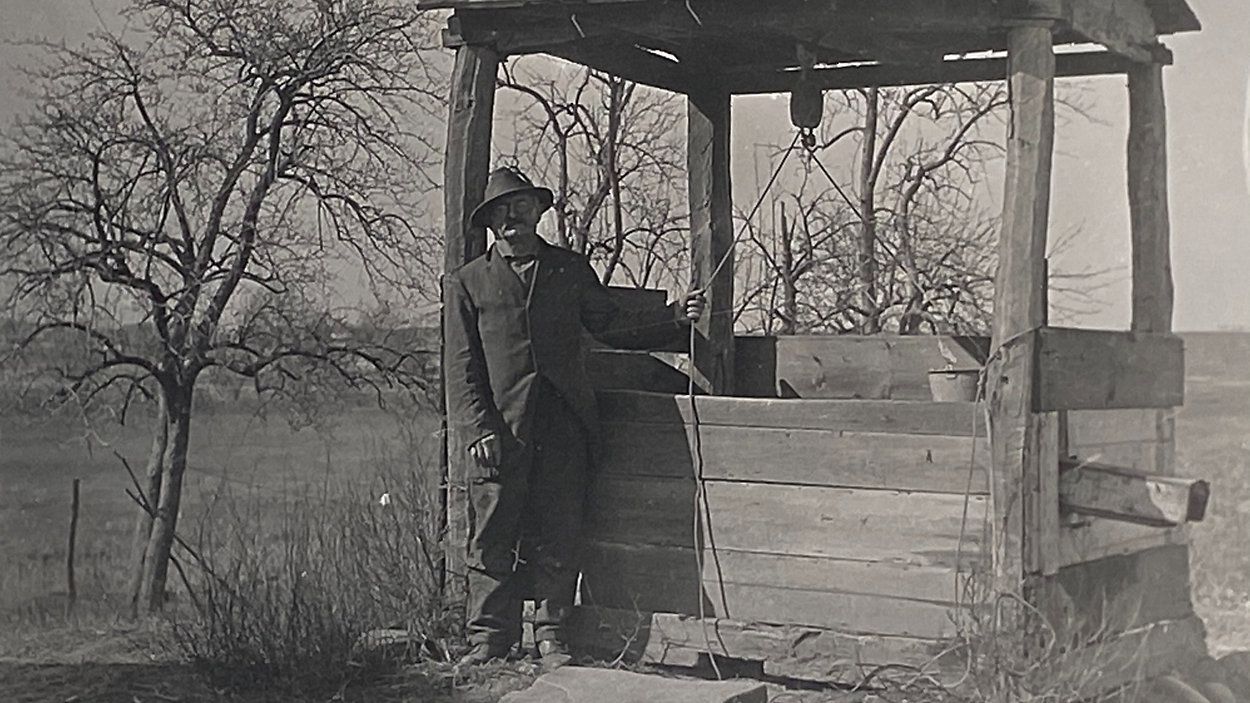On a Thursday in Queens, Jared Lopatin was busy getting his students ready for a show that was about 10 months in the making. Opening night was a week away.
The kids on stage would perform the musical “Joseph and the Amazing Technicolor Dreamcoat.”
“It’s just so campy and fun,” said Jared Lopatin, the director of the show.
Any school performance requires a lot of work. But this is very different.
“It is deaf kids, it is a deaf show,” Lopatin said.
The production was staged by the Lexington School for the Deaf, the largest school for the deaf and hard of hearing in New York state. Students who are deaf or hard of hearing doing a musical? Lopatin has heard the doubt before.
“I understand the perspective. 'Oh my gosh, it’s such an audial medium,' but it’s so accessible. The musical is not just meant for those who can hear," he said.
Lopatin is not deaf, but he said some of his students who have never heard a single note wanted to tackle a musical, and believed they could do it. He agreed.
“I have been working on this show basically since February," he said.
Putting on a musical with a deaf cast is not easy.
“Oh yeah. It really is a challenge,” said Artur Mukhailov, who played the lead, Joseph.
“Hearing people can look at the script, they can read it," he added. "You know, they speak it, it’s fine. But a deaf group, we have more of a challenge, because we have to take that script and we have to figure out how to translate that into American Sign Language."
The school created videos of the entire musical, translated from English to American Sign Language. It took more than 100 hours to just do this.
Instead of reading a script, the students studied monitors at rehearsals and did the same at home.
“I will videotape myself, work on my facial expressions, my signing,” said Kariana Delgado, another student in the production.
And when it came to the dancing, the cast focused on vibrations, timing and sometimes a simple count. At one point, Lopatin told the students they had three seconds to move from one part of the stage to another.
Even though the music played for the hearing audience, some of the cast couldn’t go off the sound.
“It’s hard to memorize everything," said Ariany Anaya, who is an eighth grader and the youngest cast member.
The cast of 30 students all believed in themselves.
“I want the world to see how the deaf community does theater,” said Mukhailov, who has acted in shows around the city.
Their confidence has inspired Lopatin.
“As I tell the kids all the time, it’s not my show. It’s your show," he said. "I’m not out on that stage. I’m just helping you create magic.”
That magic came to life on the stage after nearly a year’s work for a series of performances in December.
“I loved how they took it off the stage, coming back on the stage," said Amanda Neville, whose daughter was in the show. "It really brought the audience into the production.”
Usually, it’s the deaf audience needing captioning on the side. At this show, the screens were for the hearing audience.
And that’s why, towards the end of the musical, the music and the accompanying singing that had played the entire show both stopped. The captioning went off, too.
For a moment, it was just American Sign Language, ushering a hearing audience deeper into a deaf world.
“Let’s see it from their point of view," said Lopatin, explaining why he wanted that moment in the show. "Let’s see the show as they see it.”
The cast had the audience on their feet, some clapping and others signing. The students were so happy after the show.
“I feel more confident in myself,” said Anaya, minutes after the curtain went down.
Other students were telling NY1 to come back when they do another musical next year. What will that be? Lopatin doesn't know. But he said he's excited for what is to come.
Below, take a look at a written content description version of the story. It has captioning and descriptions of what is appearing on screen.









